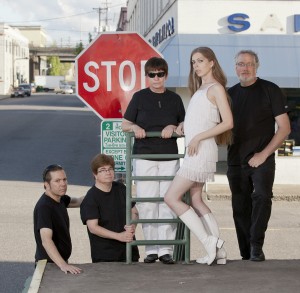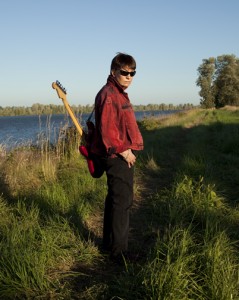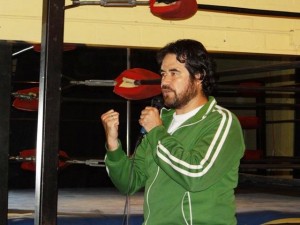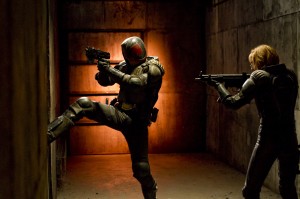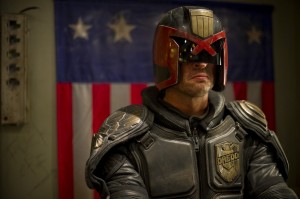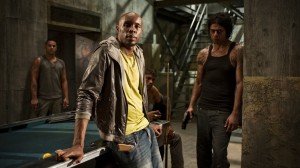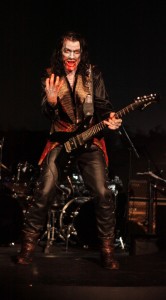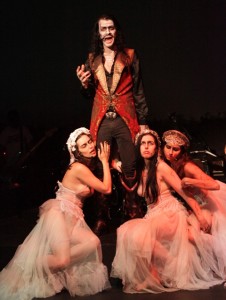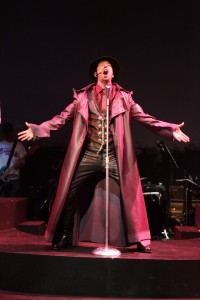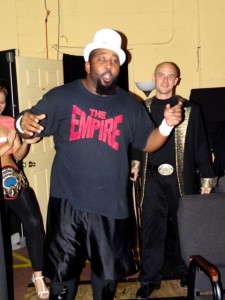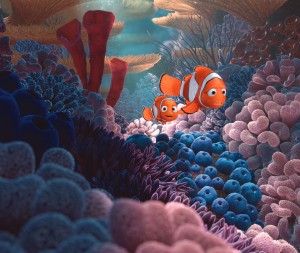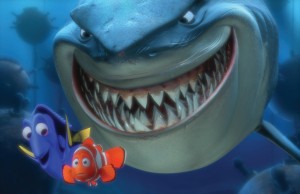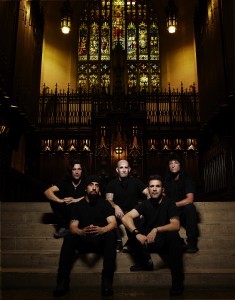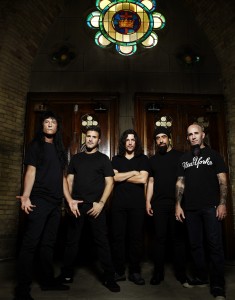For almost 30 years, Susan SurfTone has been quite comfortable being a woman in the mostly-man’s world of surf rock. But even before she made a career out of strumming jangly riffs and garage-y instrumentals, SurfTone was kicking ass as a Federal Bureau of Investigation agent, where her training included squaring off against male opponents in the boxing ring. After releasing her first solo album Shore last year, SurfTone has been instrumental (pun intended) in unifying the surf scene 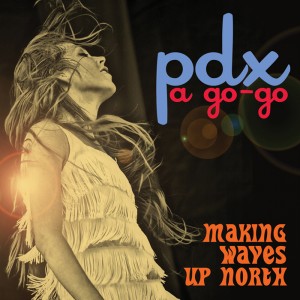 in her new hometown of Portland, Ore., most notably with the recent compilation PDX A G0-Go: Making Waves Up North. Featuring contributions from bands such as the Surf Weasels, the Outer Space Heaters and, of course, SurfTone herself, PDX A Go-Go can also be credited for the newest addition to SurfTone’s live show: go-go dancer and PDX A Go-Go cover model Seana Steele. “I saw her dancing with the Surf Weasels and I guess you could say I stole her away from them,” says SurfTone. “They’re on the comp with us, so they weren’t too mad about it. Actually, they’re drummer’s playing with us now, so I guess I raided them.” Already working on a new album for release early next year, SurfTone and her band embark on a brief West Coast tour beginning tonight and concluding Saturday with a performance at the L.A. Derby Dolls roller derby bout. Before hitting the road, SurfTone and Steele talk to Wrestling with Pop Culture about PDX A Go-Go, FBI sparring and general badassery.
in her new hometown of Portland, Ore., most notably with the recent compilation PDX A G0-Go: Making Waves Up North. Featuring contributions from bands such as the Surf Weasels, the Outer Space Heaters and, of course, SurfTone herself, PDX A Go-Go can also be credited for the newest addition to SurfTone’s live show: go-go dancer and PDX A Go-Go cover model Seana Steele. “I saw her dancing with the Surf Weasels and I guess you could say I stole her away from them,” says SurfTone. “They’re on the comp with us, so they weren’t too mad about it. Actually, they’re drummer’s playing with us now, so I guess I raided them.” Already working on a new album for release early next year, SurfTone and her band embark on a brief West Coast tour beginning tonight and concluding Saturday with a performance at the L.A. Derby Dolls roller derby bout. Before hitting the road, SurfTone and Steele talk to Wrestling with Pop Culture about PDX A Go-Go, FBI sparring and general badassery.
How did the PDX A Go-Go compilation come about?
SurfTone: I hadn’t played live in Portland in about six years, but right after Shore came out I started getting some gigs and realized there were some really good surf bands in Portland. They had a steady crowd of people coming to the gigs and I thought it would be good to document that with a compilation CD because I don’t think there has been a compilation CD that had anything to do with Portland surf bands. I thought it was a new thing to do and it also helped solidify the relationships between the bands. Now we’re all friends and it’s a virtual love fest up here.
You’re doing a few West Coast shows this week. Do you have any plans to continue touring and maybe taking some of these bands on the road with you?
SurfTone: I hadn’t planned on taking any of those bands out with me. Sometimes day jobs get in the way. But we’re thinking of doing another European tour in 2013. I’ve done four European tours, the first of which was in ’96. Then I did some more tours there between 1996 and 2001 and I haven’t been back since. So I think it might be time.
One of this week’s tour dates is at a L.A. Derby Dolls bout. I’d imagine Susan SurfTone and roller derby will complement each other nicely.
SurfTone: The Derby Dolls seemed like a good gig. My dad was a baseball player, so I guess I just kind of like sports.
Before you were a badass surf guitarist, you were in the FBI and did some boxing. What was it like being that kind of badass before getting into music?
SurfTone: Some people say I’m a badass, but I don’t know if I believe them. I’m afraid of spiders, so I don’t know what badass is afraid of spiders. But I went into the FBI right after law school. We went to Quantico, Va. to the FBI Academy for training and part of the training was boxing. My father had shown me how to box because I’m an only child and, like I said, my dad was a baseball player, he was good at football and he was pretty much a natural sportsman, so I learned how to play everything. He taught me how to box and I was one of the few women who really knew how to do it. My fight partner was the smallest guy in the class and I always felt really bad for him because I could always give him a pretty good go-round and all the other guys in the class would make fun of him if I decked him, which happened a few times. He got me good a few times, too. I learned what it felt like to have your head snapped back, that’s for sure. We also had a guy who had been a Golden Gloves champ in our class and we had this one woman who wasn’t very popular. The day before I had to fight her, he came to me and gave me some lessons so I could go out and make short work of her, which I did. So that was kind of fun.
How long were you in the FBI and how did you go from that to fronting a surf band?
SurfTone: I was in just short of three years. I quit because I wanted to play music. I was working in New York City and I really wanted to put a band together and start playing in the clubs. I asked them if they had a problem with it and they said they did, so I had to quit. I was 28 at the time and it was either do music or not do music, and I decided I wanted to do music. So I left the Bureau and started a band and 30 years later, here we are.
Did you ever consider pursuing fighting since you seemed to be pretty good at it?
SurfTone: Oh, God no. Back at that time, women didn’t box. This is all new. I think I’d be too small for it anyway. I’m not all that big, so I think I’d probably get knocked on my ass by a good female boxer.
Maybe you’d have a fighting chance in wrestling.
SurfTone: No. I’d get pinned, believe me.
Seana, how do you fit in with the band? Do you rehearse with them before going on stage or do you just go with the flow of the music?
Steele: I normally do one rehearsal so I can become familiar with the set and have practice doing it live. But overall I just do freeform dancing. That’s kind of the spirit of go-go dancing is just letting go and having fun. Susan and I are also working on bringing a fusion of fashion and music because I’m also a model. We recently did a photo shoot for the artwork for the next album, so I’m assisting in creating that amalgam.
You mentioned your recording schedule a little earlier. Do you have any idea when the new album might be out?
SurfTone: We’re recording it the first week of February and if all goes well, I would expect to see it sometime in April. I think I’ve got two more songs to finish writing for the new record. Then I go through the process of re-demoing that to have clear versions of them in the studio. Seanna’s walking in Portland Fashion Week for one of the designers and will be walking to one of the songs off Shore.
Steele: That’s on October 11 and Nelli Millard is the designer.
SurfTone: Nelli’s Russian, and part of what I did when I was in the FBI was I worked in New York and I was in the foreign counterintelligence unit. I chased KGB agents around New York City and just kind of kept an eye on them to make sure they weren’t doing anything they shouldn’t be doing. So I keep making these jokes about Nelli being a Russian designer.
For more information, go to www.susansurftone.com.

